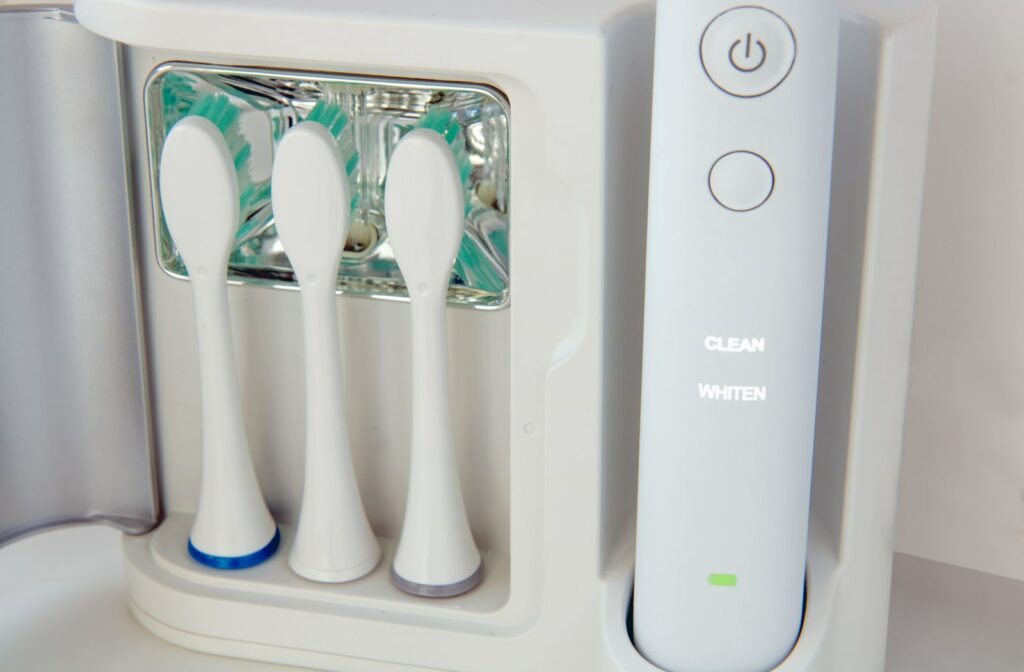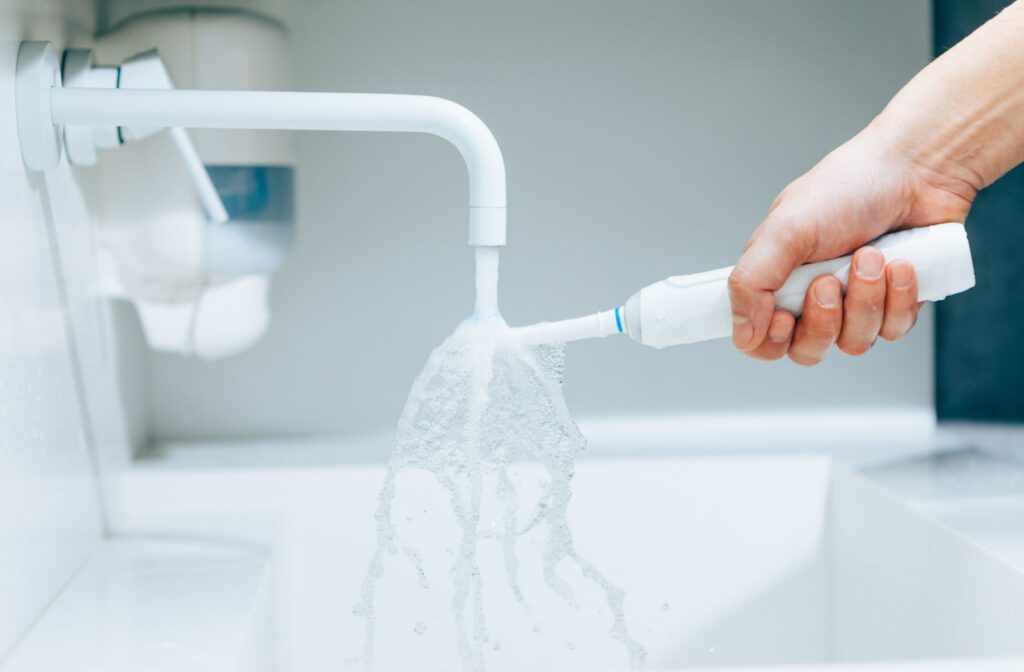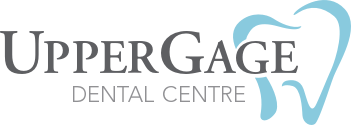A toothbrush is one of the most effective go-to tools for dental care in-between dental exams and cleanings. Brushing your teeth can help prevent stains and bacteria, keeping your teeth sparkling white and squeaky clean.
Your electric toothbrush comes into daily contact with germs and food debris. Although your toothpaste and brush can help remove plaque and bacteria from your teeth, a lot can get trapped between the bristles.
Cleaning your toothbrush can support the effectiveness of your electric toothbrush. It can also help the brush last longer, so you can change your toothbrush less frequently.
Cleaning a Detachable Toothbrush Head
Unlike a basic toothbrush, an electric toothbrush contains wiring. Therefore, placing the whole system in boiling water is not recommended. And household cleaners can pose a health risk if the bristles absorb harsh chemicals. But you can clean your electric toothbrush head exactly like a regular toothbrush.
Start by disconnecting the head from the base. Then, you can disinfect the bristles and neck using the same methods as a standard toothbrush.
Rinsing with Water
Rinsing the bristles before your brush can help reduce bacteria or debris that may have collected on the brush—like toilet plume (if your toothbrush shares a space with a flushing toilet). Likewise, rinsing after every use can help eliminate new bacteria buildup.
Run your toothbrush head and neck under water. It was once widely believed hot water was more effective for removing bacteria. But room-temperature water (or at least 15 degrees) can be equally effective.
Boiling a toothbrush can be a reliable disinfection method, but your toothbrush head may melt in the process. Additionally, boiling water can pose the risk of burns without careful handling. As a result, boiling toothbrush heads are less practical for children. Therefore, a regular rinse with tap water can offer the most accessible method for all ages.

UV Toothbrush Sanitizer
Investing in an ultraviolet (UV) light sanitizer can offer a tech-savvy solution for toothbrush bacteria. UV sanitizers can reduce water waste but add an upfront cost. A UV toothbrush sanitizer can cost as much as an electric toothbrush.
One study compared a UV light sanitizer with a saline (salt water) solution and a chlorhexidine gluconate (mouthwash) solution. The results revealed that UV light was the most effective of the 3 for toothbrush disinfection.
Water and Dishwashing Soap
When you have stubborn gunk on your toothbrush head, neck, or base, you can use dishwashing soap to help remove particles. Using dishwashing soap (not dishwasher detergent) can be a step up from running water but less costly than a UV sanitization system.
Rub the mild dishwashing soap over any debris buildup. Then, rinse thoroughly with clean water.
Cleaning a Connected Toothbrush Head
Some electric toothbrushes have attached heads, meaning you won’t be able to remove the head for cleaning. Instead of using boiling water or a submerged soak, you should use warm water or an antibacterial mouthwash soak.
Place the toothbrush upside down into a container with mouthwash, filling enough to reach the neck (just past the bristles), and soak for a few minutes. Then, rinse off the brush and store it in a clean, dry place.
You can follow the same process with dishwashing soap and rinsing thoroughly after.
Cleaning vs. Changing Your Toothbrush
Cleaning your toothbrush can eliminate excess bacteria from entering your mouth and help your toothbrush head last longer. But even a clean toothbrush can get worn out.
Every time you use your toothbrush, the bristles undergo brushing from brushing and are exposed to the chemicals in your toothpaste. Over time, the bristles weaken from use, bending or twisting—known as bristle flaring.
Bristle flaring makes your toothbrush less effective, contributing to more buildup of dental plaque. Your worn-out toothbrush head can increase the risk of developing cavities or gum disease. So, once your bristles are misshapen, you should replace your toothbrush.
When to Change An Electric Toothbrush
Electric toothbrushes have shorter bristles, which can cause them to fray more quickly than standard toothbrushes. So it would be best if you planned on changing your toothbrush head about every 12 weeks. However, when you notice bristles flaring sooner, you’ll need to change it.
Other reasons you might need to change the toothbrush head sooner include:
- Harder brushing: Electric toothbrushes can encourage gentler brushing, but children still tend to brush harder or bite down on the bristles. The rougher use can cause fraying sooner.
- Illness: Viral or bacterial infections, like strep throat, can contaminate your brush. Cleaning your brush can reduce bacteria and viral transmission, but there’s no guarantee.
- Shared toothbrush: Sharing a toothbrush is risky, as it exposes you to different bacteria. If someone else uses your toothbrush, change the brush head.
Talk to Us for More Brushing Tips
Using a clean brush is only one technique for at-home dental hygiene. We want to help you maintain your smile in-between dental visits. At Upper Gage Dental Centre, we’re committed to helping you achieve your oral health goals. Whether it’s tips about good home care habits or dental services, talk to us for personalized care.



